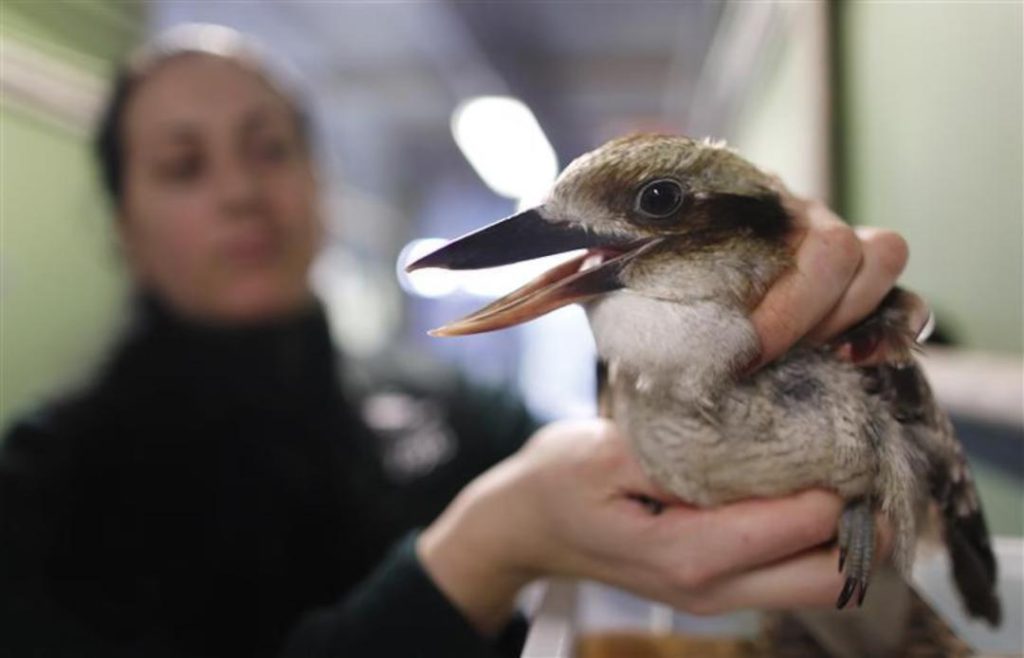
Rare Sex Reversal Phenomenon Found in Australian Birds
In a groundbreaking study, researchers have discovered a rare sex reversal phenomenon in Australian birds, where their genetic sex does not match their reproductive organs. The study, published recently, found that as many as 6% of wild birds in Australia exhibit this unusual characteristic, and it’s more common than previously believed.
The researchers analyzed five common species of birds in Australia, including kookaburras and lorikeets, and found sex reversal in all of them. This phenomenon, known as “sex reversal,” is where an individual’s genetic sex (XY or XX) does not match their reproductive organs (male or female). It’s a relatively rare occurrence in the animal kingdom, but the study suggests that it’s more common in Australian birds than initially thought.
The research was led by Dominique Potvin, a biologist at the University of New South Wales in Sydney. Potvin and her team analyzed the genetic and reproductive characteristics of over 1,000 birds from five different species, including the Australian magpie, the kookaburra, and the lorikeet. They found that in each of these species, between 4% and 12% of the birds exhibited sex reversal.
The team used a combination of genetic analysis and physical examination to identify the sex-reversed birds. They analyzed the birds’ DNA to determine their genetic sex, and then examined their reproductive organs to determine their physical sex. The results were surprising, even to the researchers themselves.
“We were not expecting to find sex reversal in all five species,” said Potvin. “It was a bit baffling, to be honest. We knew it was possible, but we didn’t think it would be so common.”
So, what causes sex reversal in birds? The researchers aren’t entirely sure, but they have some theories. One possibility is that it’s related to environmental factors, such as exposure to certain chemicals or hormones during development. Another possibility is that it’s related to genetic mutations, which can occur randomly or be inherited from parents.
The discovery of sex reversal in Australian birds raises many questions about the biology and behavior of these birds. For example, how do sex-reversed birds mate and reproduce? Do they have an advantage or disadvantage in terms of survival and fitness compared to birds with the typical sex chromosomes?
The study also has implications for our understanding of the evolution of sex and gender in animals. Sex reversal is relatively rare in the animal kingdom, but it’s not unique to birds. It’s been observed in other species, including fish, reptiles, and mammals.
The researchers believe that further study is needed to understand the causes and consequences of sex reversal in birds. They hope to continue their research and gather more data on this phenomenon, which could shed light on the biology and behavior of these fascinating creatures.
In conclusion, the discovery of sex reversal in Australian birds is a remarkable finding that challenges our understanding of the biology and behavior of these animals. The researchers’ analysis of the genetic and reproductive characteristics of over 1,000 birds from five different species has revealed that sex reversal is more common than previously believed. Further study is needed to understand the causes and consequences of this phenomenon, but the results of this study are a fascinating reminder of the complexity and diversity of life on Earth.






